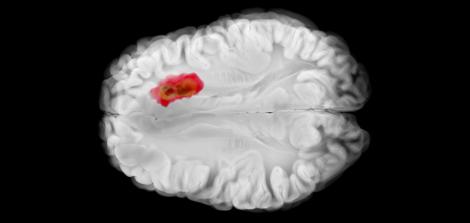Cas9 Enzyme

Cas9 is an enzyme used for DNA editing and is a key component of the genetic editing tool known as CRISPR-Cas9 (Cas9 stands for CRISPR-associated protein 9). This mechanism is naturally used by bacteria, which cut the DNA of attacking viruses as a means of defense. Researchers have harnessed this mechanism to remove problematic segments from DNA, such as mutations. A guide RNA is used to identify the specific DNA segment to be removed and the Cas9 enzyme performs the cut.
However, CRISPR has several disadvantages; the main one being that its bacterial origin often causes the immune system to reject CRISPR as a foreign protein. Another significant issue is its relatively high rate of off-target activity, meaning unintended edits may occur in genome regions that share significant similarity with the intended sequence. This can leave mutations in the DNA, increasing the risk of cancer.
Last Updated Date : 29/12/2024







![A person standing at a beach next to a big wave [representing post-trauma]](/sites/dangoor-medicine/files/styles/card_image/public/articles/%D7%A4%D7%95%D7%A1%D7%98-%D7%98%D7%A8%D7%90%D7%95%D7%9E%D7%94.jpg?itok=PnJYP1wn)
